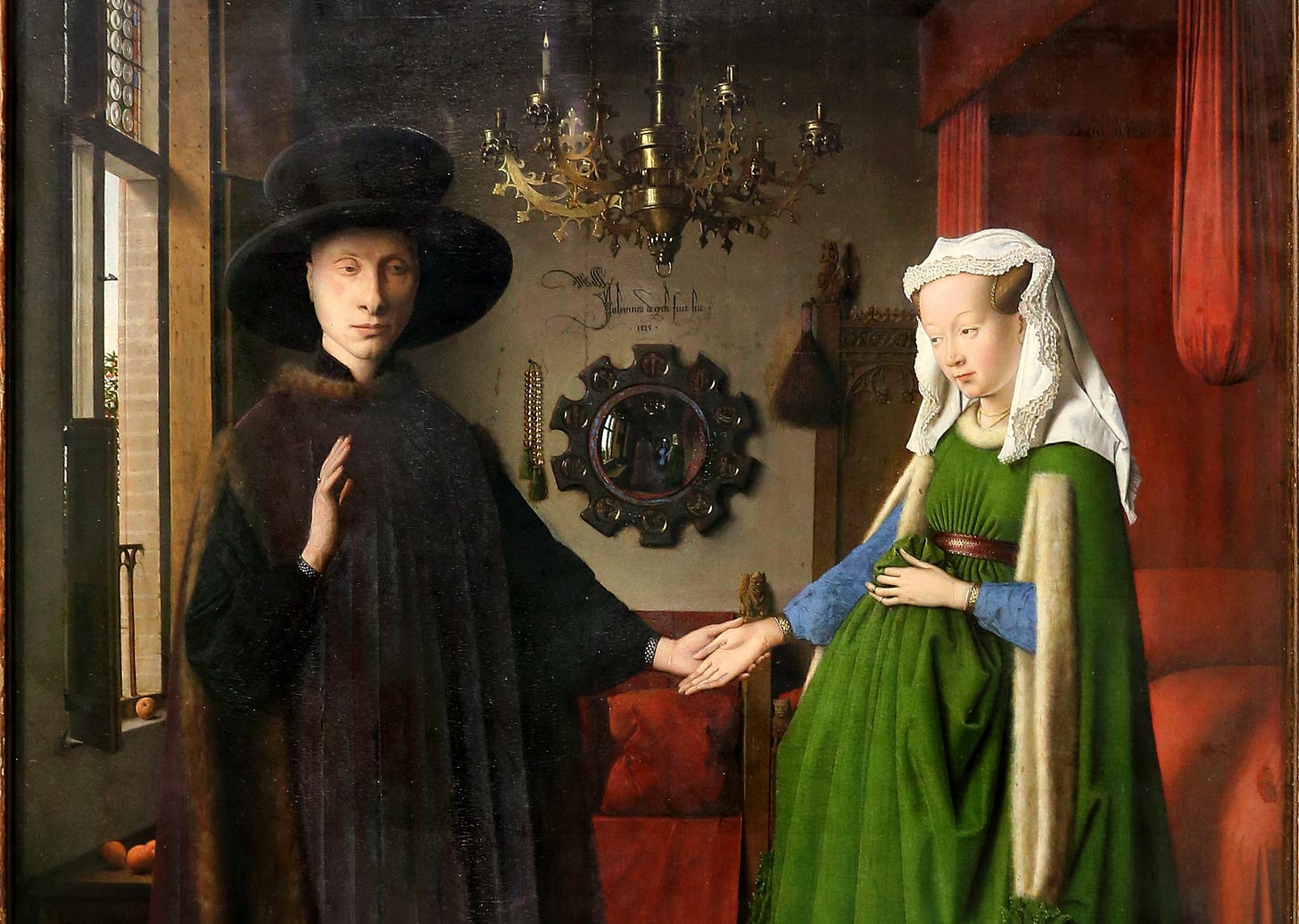Membership Has Its Privileges
The secret language of insiders

“It is a riddle wrapped in a mystery inside an enigma, but perhaps there is a key.” — Winston Churchill, 1939
If you’re a regular fan of any series — books, TV shows, or even newsletters(!) — you have an advantage.
For those who pay attention, you have a secret weapon: your inside knowledge means you’re more likely to spot hidden gems. Easter eggs, if you will.
Easter eggs are a wink and a nod to a community of insiders — a coded language that indicates you’re part of something special.



